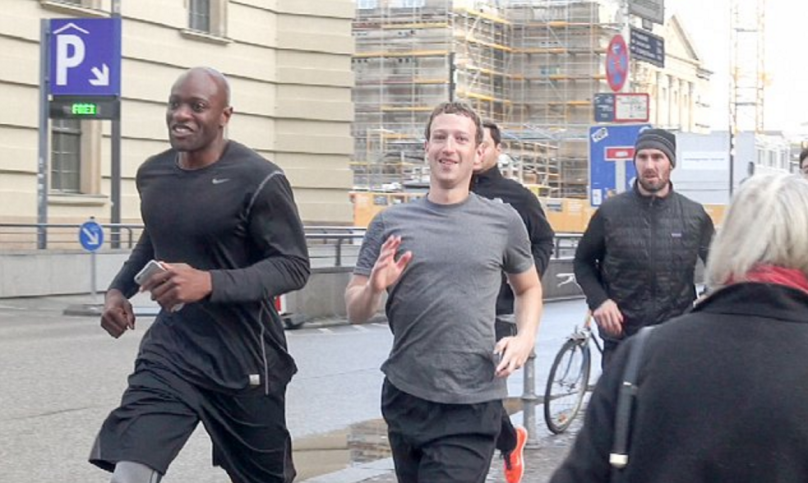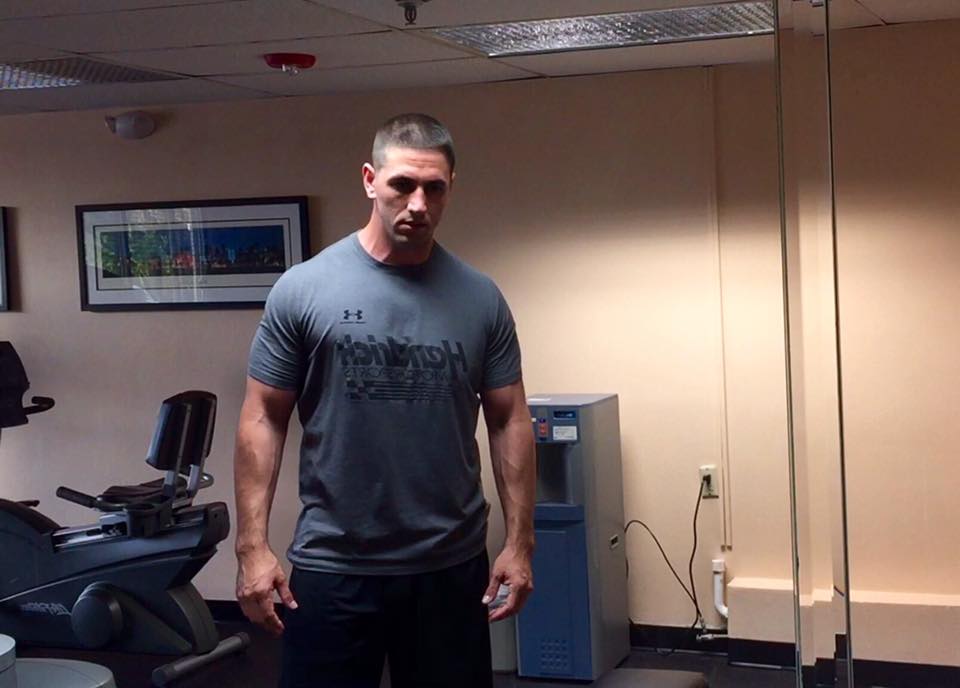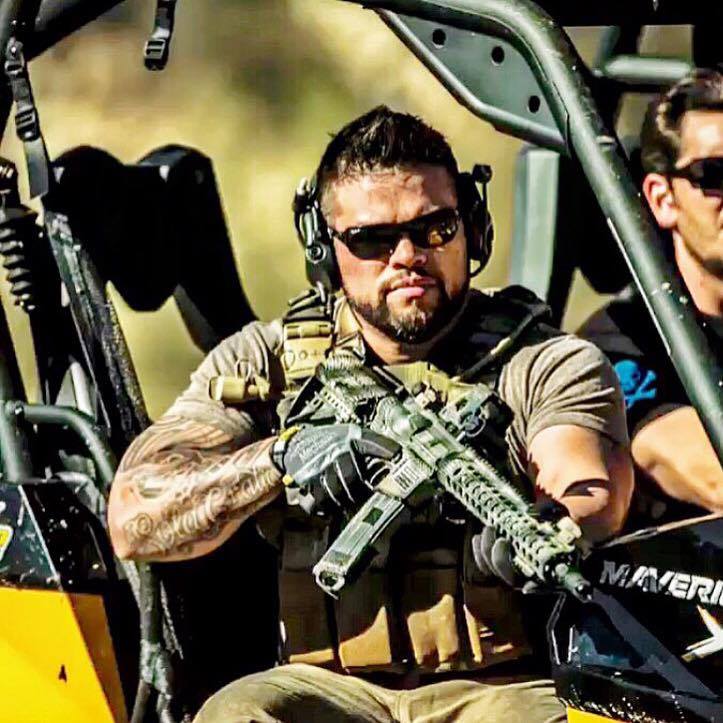Fitness for Protective Services: Tips & Techniques For Staying Fit While On The Job

Fitness for protective services is largely dependent on the client’s lifestyle, however it is most heavily influenced by your duty to maintain your ability to react quickly and effectively to threats or to evacuate. Below are some pointers from industry practitioners who know a thing or two on staying fit while on the job.
A great way to get a good workout when traveling, and space / equipment is unavailable is a routine I call the 20/40s. Its perfect when restricted to a hotel and have a busy timeline as it only takes 20 minutes, and simply requires you and some motivation.
The 20/40s Workout:
20 seconds on, 40 seconds off, focusing on form with a lot of intensity, rotating upper and lower bodyweight exercises (pick your favorites) for 5 cycles of 4 exercises (or 4 cycles of 5 exercises) totaling approximately 20 minutes. I.E. pushups, squats, sit ups, lunges. Remember, the key is 20 seconds of high intensity! For keeping time, I usually use my iPhone or iPad with Live Clock open in a browser, zoomed in and on ‘alternate view’ for contrast. Tip: change your lock screen time in settings to prevent it from turning your screen off – just remember to change it back.
–

–
‘What I’ve Learned’
When Joe asked me if I’d be interested in writing a few lines about fitness I said yes right away. I’d been a gym rat for over thirty years pounding the iron and even worked as a Personal Trainer for a few years after retiring from the police department. As I thought about what to write I decided that I would give some observations from my experiences and considerations for those practitioners over fifty.
I started lifting long before there was an internet, CrossFit wasn’t a word, and ideas like tactical/endurance fitness were not heard of. Reference material consisted of Muscle & Fitness (M&F) magazine and some books by Arnold Schwarzenegger. The idea was to get big and strong. This was accomplished by looking for the biggest guy in the gym and doing what he did with some input from your M&F readings. Well this worked fine when I was in my twenties and even thirties but came back to haunt me in my late forties and fifties.
“Bodyguards and Functional Fitness: Why practitioners should care about how they move- C. Randolph
So here is my advice. First remember fitness is a journey not a destination, you want long term fitness with minimal long term pain and implications (I’ve had five surgeries in the past nineteen years, they only set you back). Understand there is a difference between being hurt and being injured. Decide what your fitness goals and needs are, get some professional training & guidance (buyer beware example; a trainer who only knows body building may not be able to accomplish your fitness goals).
Build training time into your schedule even when you’re on the road get up an hour or thirty minutes early and put in some work make it a habit. Build a fitness base so that if you do run into periods where you can’t workout you don’t collapse physically within days. Quality rest is as important as training. Diet what and how much goes in your mouth makes a difference. I like the 80/20 rule, 80% of the time I maintain a high protein low carb diet, the 20% of the time I’ll allow myself a bit of slack and enjoy some pizza, burgers, or some sweets.
I know schedules and being on the road can mean poor eating habits so I usually keep some of the following in my go bag tuna packets (usually with a bottle of hot sauce), Quest and or Cliff bars, small packets of almonds, and some quality jerky (this line up is occasionally supported by a Zero calorie Monster drink and an almond Snickers bar). If you’re eating in restaurants make the healthy choice, big heavy meals slow you down physically and mentally.
My on the road workout usually consists of body weight exercises pushups, sit-ups/crunches, back extensions, air squats, work with bands (easy to pack), and some basic yoga movements. I like to be able to do it in my room and not waste time going to the so called fitness room with two sets of dumbbells and a treadmill. Another part of my workout program for the past four or so years is meditation and breathing exercises for clear the head. My at home workout is very similar but longer and includes free weights, kettle-bells, and sand bags. In conclusion think long term fitness: flexibility, core, working strength, and cardio (my favorite for the past five or so years is ruck marching).
‘Pointers for Staying Fit While on the Road’
You can go a few days without working out, you can go a day or two without eating right, you cannot afford to do both.
If you are on the road, you will most likely be staying in hotels, gyms at most are inadequate, but all hotels have stairs which you can use for sprints.
If I do not have access to a regular gym, I will stick to a basic principle of doing a “push/pull/leg” daily. I also do more sprints or fast pace/incline work on a treadmill or outdoors, it burns more calories, is more efficient with time constraints and is way better for cardio output.
Push: anything that works the chest, shoulder or triceps. Pull: anything that works the back and biceps. Leg: air squats, lunges, step ups etc.
I stick to the “sprint, work, sprint” method and try to keep my HR elevated for 30-45 min but not longer than that. Core (abs/lower back) are all accessory muscles that are worked when doing all this, sit ups won’t get you a six pack, proper diet does. And the ratio is not 80% diet, 20% workouts. It’s 100%, 100%. Beast on.
–
As far as diet goes, stay as close to paleo as possible, lean meats, veggies and fruit. Drink water with every meal. Try to avoid high fructose fruits at night (high in sugar). I don’t count calories, I eat as clean as I can and take a day to eat whatever I want. You can find meats and veggies and fruit at almost any fast food place (worst case scenario) no bread, fries, processed food. Don’t buy into all the crap at GNC, protein shakes etc. take in a bunch of vitamin C, B12 and calcium daily, eating clean will provide all the protein you need. Put the muscle mags down and get in the gym.
‘Part of Your Planning Phase’
Another big obstacle in our career field is diet and exercise. We all know the importance but so many of us let it slide with all the excuses that go along with it, not the least which being the long days while on the road. If the client has a ten hour day, it’s easy to justify skipping the workout and grabbing a doughnut as you head out the door.
Treat your fitness and diet requirements as part of your planning phase. Build your workout time into your schedule; even if it’s something as simple as a ten minute run and ten minutes of stretching while you mentally prep for your detail.
When it comes to diet, keep it simple. Meat, fish, whole grains, lots of vegetables, a little fruit and a lot of healthy fat. No doughnuts, French fries and the like. If you have to wonder if you should, then you shouldn’t. Even a fast food place can fulfill those requirements with a little creativity. Make time to eat, for you and your team.
Jet lag, long days on your feet or behind the wheel, clients that may be more demanding than others, these all add up to grind you down. Don’t let your physical and mental well-being suffer because you’ve neglected yourself. Plan ahead, just like every other part of your trip. This will pay off with better sleep, better recovery, more restful and useful downtime and very obvious improvements in mental performance.
-Billy Castellano, 36T Concepts
–
____________________________
Join our Facebook group!
–



